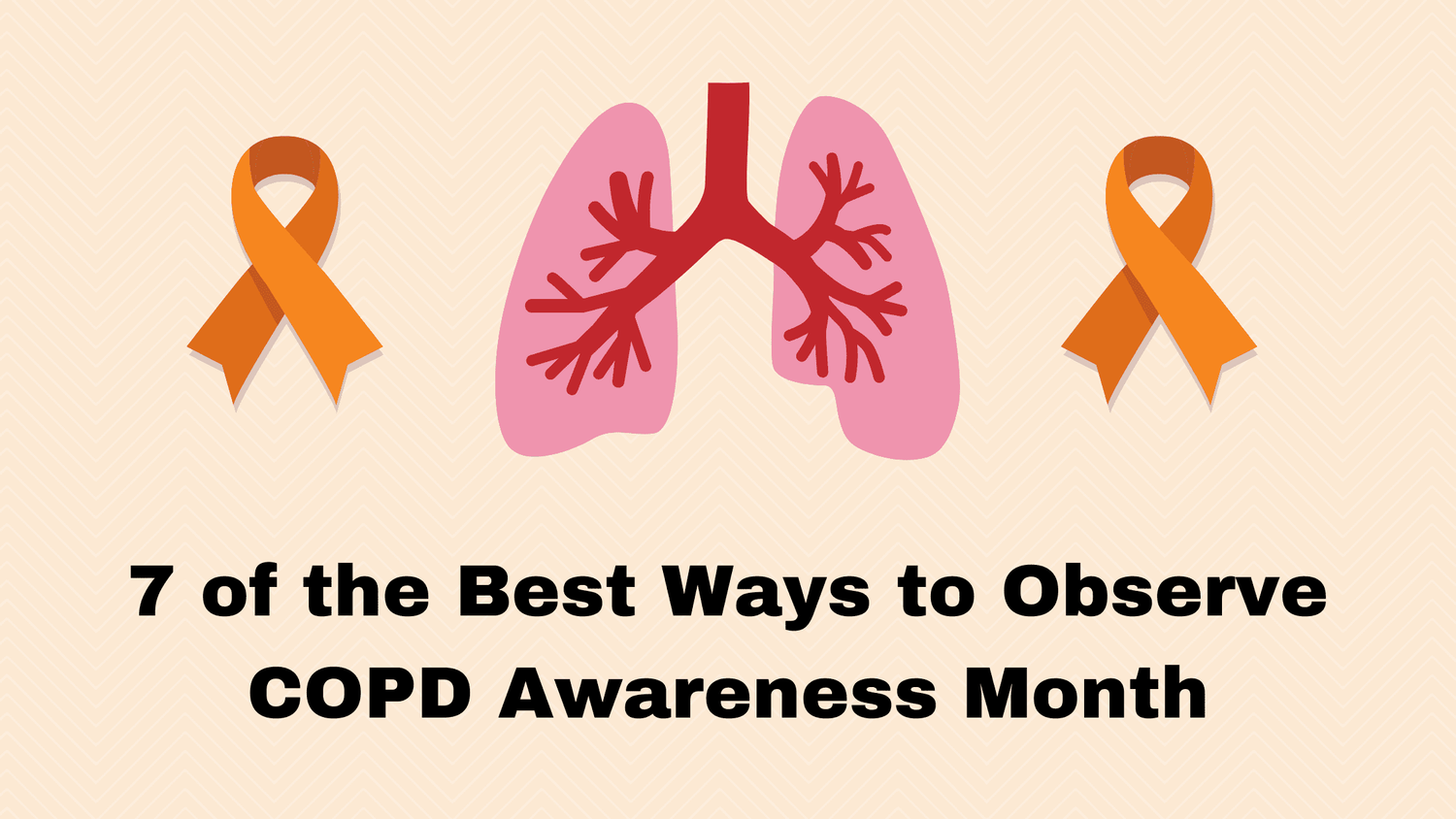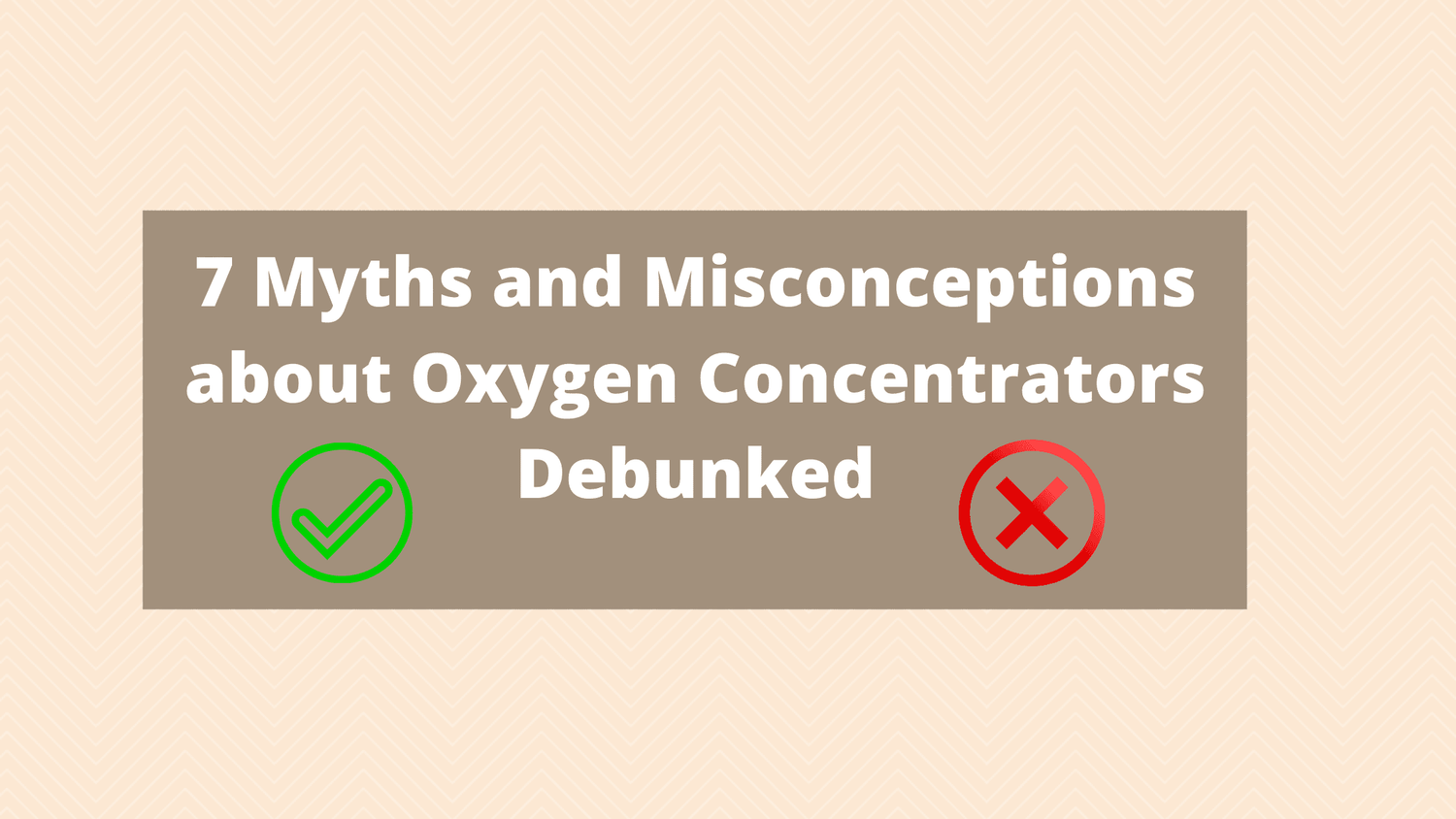Respiratory Resource Center - LPT Medical
7 of the Best Ways to Observe COPD Awareness Month
November is COPD awareness month, a time to come...
Read More7 Myths and Misconceptions about Oxygen Concentrators Debunked
Most people like to think of the internet as...
Read More


